Hayward Gallery re-opens with Andreas Gursky retrospective
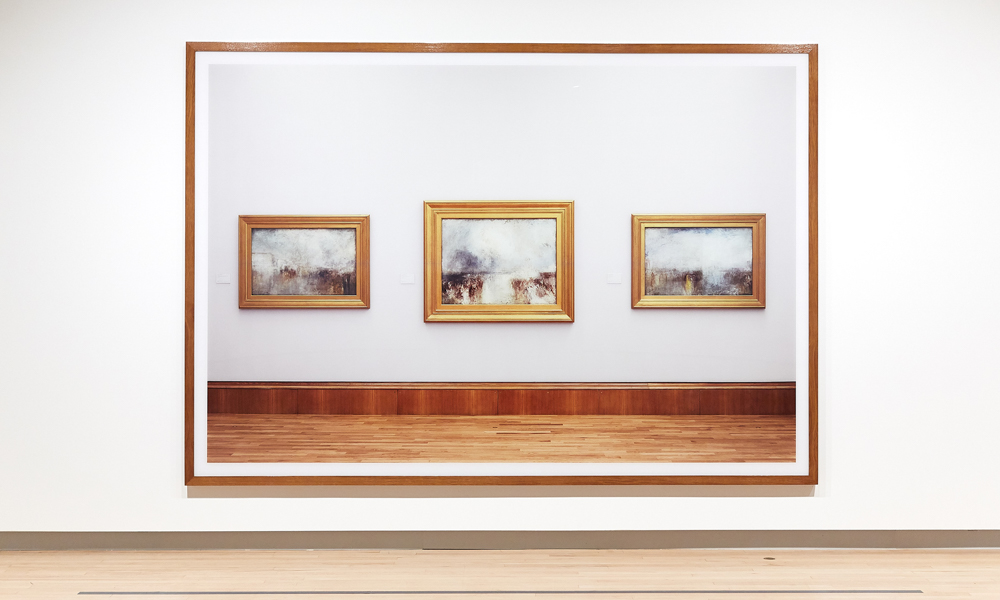
Andreas Gursky at Hayward Gallery is an exhibition of two firsts: the first major UK retrospective of the work of the acclaimed German photographer, and the first exhibition in the newly re-opened gallery following its two-year refurbishment. The retrospective works perfectly as a dramatic start to the gallery’s new lease of life, focusing as it does on scale, power, isolation and conformity.
Gursky’s work on display dates from the mid 1980s right up to now and is typified by its remarkable scale – most works rival the enormity of even the most impressive of paintings – and the incredible detail captured in every piece. Several pieces crystallise a feeling of isolation and loneliness, such as early works Ruhr Valley and Dolomites, Cable Car, both of which place a single focal point – a lone figure and a bright red cable car respectively – against an intimidating expansive backdrop such as a hulking suspension bridge or the mid-winter alps.
Other works evoke quite the opposite, sprawling images of chaos and confusion amongst identical workers. Tokyo, Stock Exchange and Chicago Board of Trade III are two of the most striking in this respect, contrasting panic and disorder with the formal setting and matching uniforms. The most amazing aspect of these crowded, violent images, however, is the amount of detail. Every individual angry face, every glint in the eyes and desperate smile is distinct and prominent. This is down to Gursky’s technique of taking several shots from different positions and stitching them together in post-production. This not only results in the precise detail that makes his artworks so substantial but also removes any specific focal point or imposing perspective. This creates a flatter image, where every part is equally visible and no one section draws the eye. This is a process that the artist himself has referred to as “democratic” or “un-hierarchical”: every part of the image is as important as the others.
This exploration of detail is apparent throughout Gursky’s work. Some images are taken from such a distance that each tiny person forms a detail in a much larger presentation – and conversely, some images are of a seemingly insignificant object, such as a square of grey carpet, but expanded to the point where every tuft of fabric and indentation forms whole ranges of mountains and valleys.
Gursky’s eye for detail and use of scale produces many different results: some are otherworldly landscapes, some are stark images of bleakness and desperation. Some inspire hope, and some are reminders of the worst parts of the human condition, but all are uniquely striking, and each contains a million stories begging to be told.
Ed Barnes
Photos: Matthew Pull
Andreas Gursky is at Hayward Gallery from 24th January until 22nd April 2018. For further information visit the exhibition’s website here.


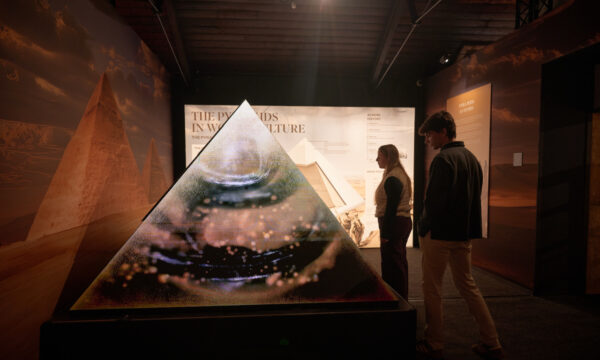
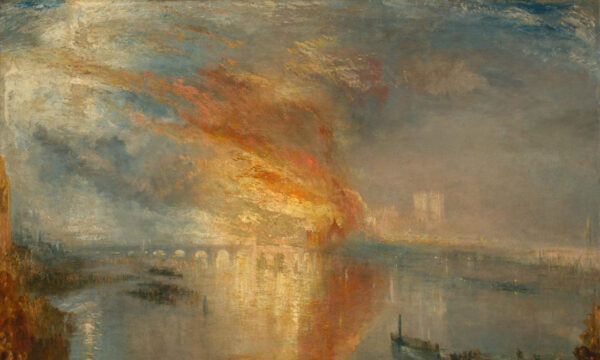
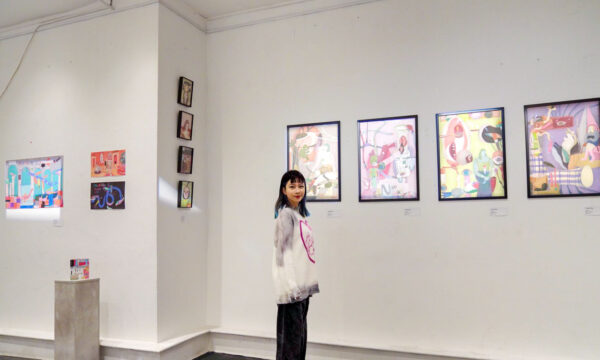
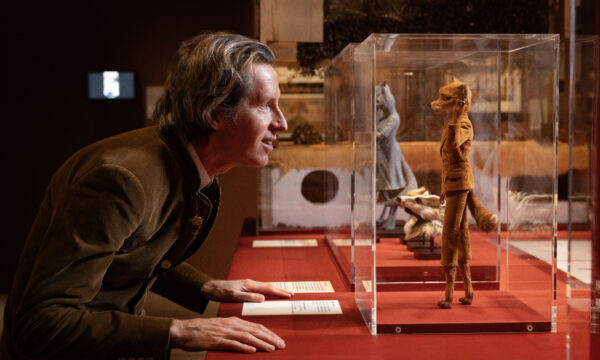

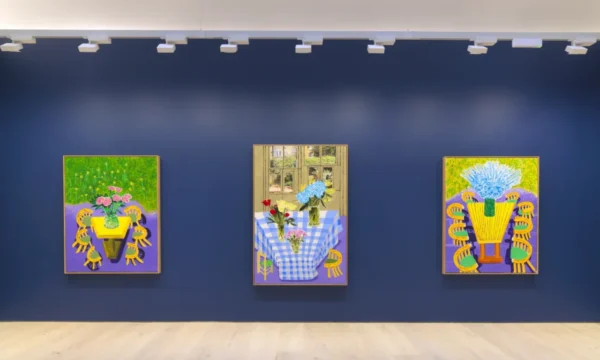
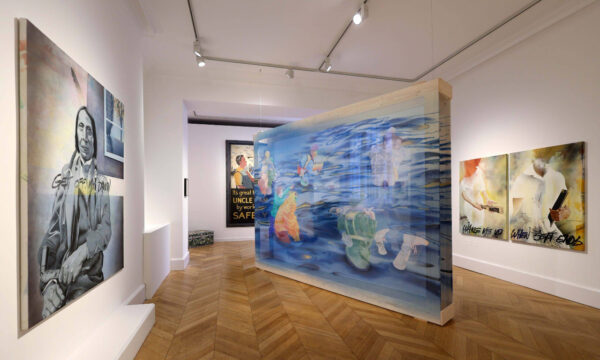
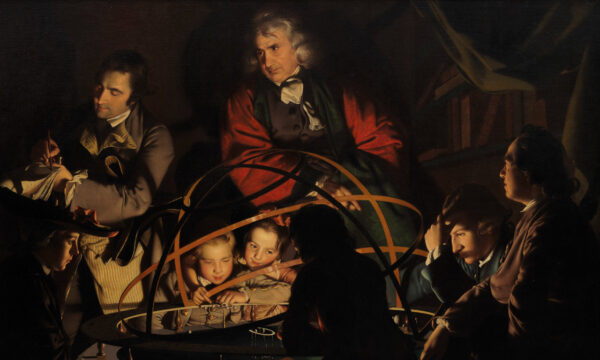
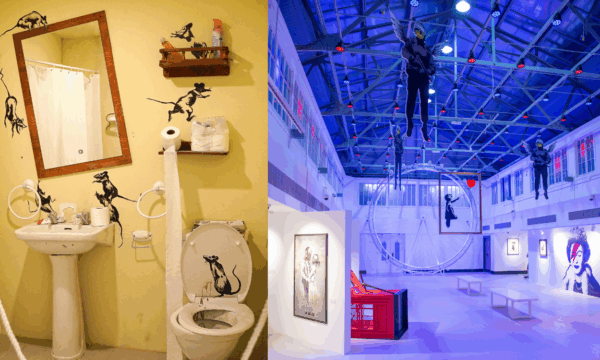
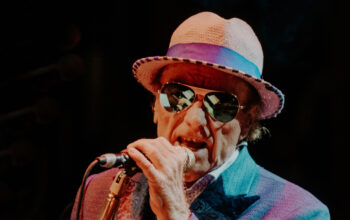
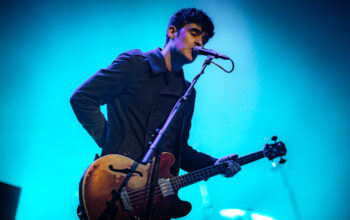

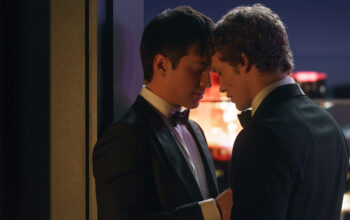
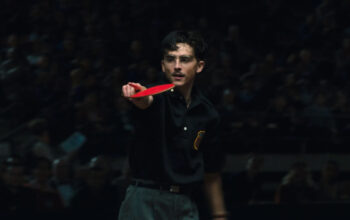







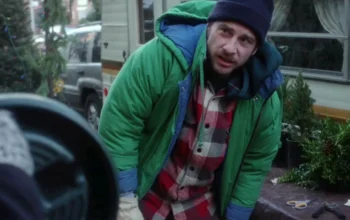
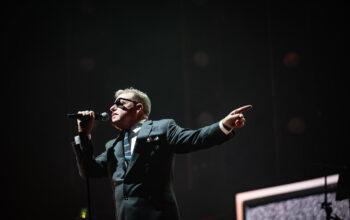
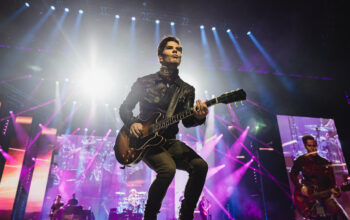
Facebook
Twitter
Instagram
YouTube
RSS